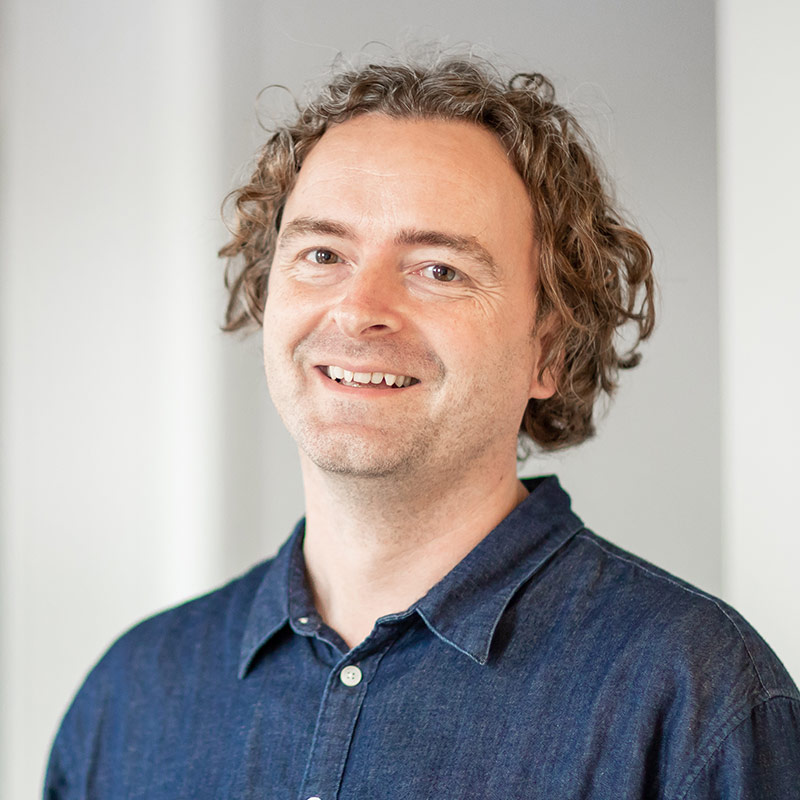An Interview with Institute Curator Crispin Brooks
On his consulting on Levinson's The Survivor

USC Shoah Foundation worked closely with The Survivor team to bring the important film to the screen and received a production credit. Assistance included providing access to Haft’s and other survivors’ testimonies in the Visual History Archive, and consulting with the producers to ensure historical accuracy.
Crispin Brooks is curator of the Visual History Archive and over the years has played a key role in archiving its testimonies. He is also immersed in Eastern European studies. He spoke to us about consulting on The Survivor.
What did the consultation process on The Survivor film involve?
We worked with the producer, Matti Leshem of New Mandate Films. Initially, we reviewed and commented on an early version of the script, then researched our Visual History Archive to identify testimonies relating to the Jaworzno (Neudachs) labor camp [a subcamp of Auschwitz] where Harry Haft was a prisoner for much of the war. The VHA contains over 200 testimonies in multiple languages about Jaworzno, and we shared copies of many of these so that their team could learn from the testimonies of people who were there.
From that point onwards, Matti and his team would come to me with various questions—
-
Were prisoners heads shaved in Jaworzno?
-
What uniforms did they have in that camp?
-
What did the barracks look like?
-
What sort of instruments would have been played in the camp and what sort of music?
-
Is there any information about the hospital at Jaworzno?
-
How did prisoners get to and from the mines?
-
Was it possible for prisoners to wheel coal from the mines out to the trains?
-
Were people given days off at Jaworzno?
I was able to answer all of these by delving into our testimonies.
Additionally, Matti asked for quotes from the testimonies that he would attach to the film crew’s daily Call Sheets to remind them of the realities of what they were filming.
At the final stages of production, we previewed a rough cut of the film, and then a shorter cut in December 2020.
What were some of the main challenges [in ensuring the historical accuracy of the film]?
[As with any creative project like this] there was some back and forth about some historical details in the earlier versions of the script. We identified and discussed these at length, and they were resolved before the final cut.
It was fascinating to dig into the many testimonies we have on Jaworzno. And because the testimonies are in multiple languages, I received invaluable help from my colleagues, in particular Ita Gordon (Portuguese) and Laurence Slama (Hebrew).
What are special considerations to take in addressing historical accuracy in filmic treatments of personal stories?
It’s always a challenge for filmmakers to balance historical accuracy with dramatic needs, to gauge how much license can be taken. But I think that in this case, the volume of testimonies we have on Jaworzno really made it possible to provide very accurate information about the camp.
[However, primary] sources are not always simple to work with. For example, there are two testimonies by Haft himself—one is at USHMM, the other is in our VHA—and there’s also a memoir about him, written by his son, that the film is [primarily] based on. [These three sources are not all the same in that they] tell things slightly differently, with different emphases. Building both an accurate and compelling script and film narrative from them was no easy task.
Our own Jayne Perilstein, Director of Community Outreach, attended a special White House screening of the film.
Like this article? Get our e-newsletter.
Be the first to learn about new articles and personal stories like the one you've just read.